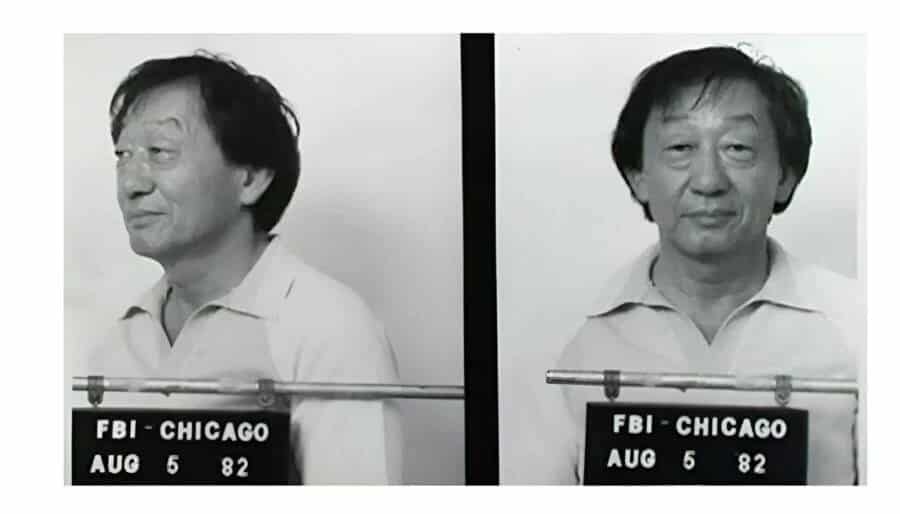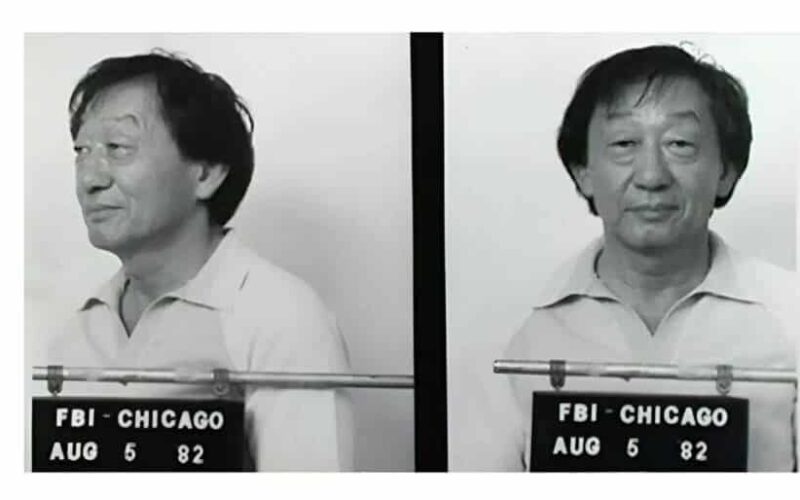The True Story of Ken Eto: From Chicago Mob Boss to FBI Informant

Ken Eto, better known as “Tokyo Joe,” lived a life straight out of a movie. He climbed the ranks of the Chicago mob, becoming one of the most powerful Asian American crime bosses in history. But when the mob tried to kill him in 1983, he switched sides, working with the FBI to take down the very people he once called family.
This is the story of betrayal, survival, and an unlikely friendship that changed the face of organized crime in America.
Early Life: From Troubled Youth to Internment Camps
Ken Eto was born in 1919 to Japanese immigrant parents in Los Angeles. His strict, religious family pushed him to follow traditional values, but young Ken rebelled. By eighth grade, he dropped out of school and ran away to Portland, Oregon. There, he survived by taking odd jobs and stealing.
Everything changed after Japan attacked Pearl Harbor in 1941. Like thousands of Japanese Americans, Eto was forced into an internment camp during World War II. Life in the camp was harsh, but it’s where Eto learned skills that would shape his future. He organized secret gambling games, mastering card tricks and dice rolls. He also had his first brush with the law after breaking curfew—a small crime compared to what came next.
Joining the Chicago Mob
After the war, Eto moved to Chicago, where he met Teresa, a gambler with ties to the city’s underworld. Through her, he met members of the Chicago Outfit, the powerful Italian-American mafia. Eto’s first deal with the mob went badly: he borrowed money but couldn’t pay it back. Mob enforcers beat him brutally, but Eto refused to cry out or beg. His toughness impressed the gangsters, and they offered him a job.
For the next 30 years, Eto became a key player in the Outfit’s illegal gambling operations. He ran “bolita,” a lottery popular in Latino communities, which earned the mob up to $50,000 a day. Despite multiple FBI investigations, Eto stayed under the radar. Agents saw him as an “old dog” case—someone too clever to catch.
The Hit That Failed: Turning Point
By 1983, the mob began to distrust Eto. Fearing he’d become a snitch before his sentencing for illegal gambling, Outfit boss Vincent Solano ordered a hit. On February 10, 1983, Eto was lured to a parking lot by associates Johnny Gattuso and Jay Campise. They shot him three times in the head and left him for dead.
But Eto survived. Bleeding heavily, he pretended to convulse until his attackers left. He then crawled to a nearby pharmacy for help. Doctors later found the bullets had miraculously missed his brain. When FBI agent Elaine Smith visited him in the hospital, Eto had a new outlook: “They had their chance. Now I’m property of the FBI.”

Becoming an FBI Informant
Eto agreed to cooperate—but only with Agent Smith, one of the few female agents at the time. She’d first approached him in 1980, but he’d refused, saying, “I’m no snitch.” Now, after the botched hit, Eto realized the mob saw him as an outsider. “They didn’t trust me because I’m Japanese,” he later said.
Over 17 years, Eto’s intel led to 15 convictions, including corrupt cops and high-ranking mobsters. He exposed gambling rings, money laundering, and murder plots. In exchange, the FBI dropped all charges and placed him in the Witness Protection Program under the name “Joe Tanaka.”
Life After the Mob
Eto spent his final years in Hawaii, far from Chicago’s gritty streets. Agent Smith remained his closest friend, visiting him shortly before his death in 2004. “You’ve been the only person I ever trusted,” he told her. Though he lived in hiding, Eto found peace, gardening and staying out of the spotlight.
Legacy of Tokyo Joe
Ken Eto’s story is one of survival and redemption. He helped dismantle part of the Chicago Outfit, proving that loyalty can shift when betrayal strikes. His unique role as an Asian American in a predominantly Italian mob also highlights issues of race and trust in organized crime.
Ken Eto’s journey from mob boss to FBI ally is a reminder that even in darkness, second chances exist. His courage to betray the Outfit reshaped Chicago’s criminal landscape and left a legacy that bridges crime and justice. Whether seen as a traitor or hero, Tokyo Joe’s story remains unforgettable.
FAQ
Why did the Chicago mob target Ken Eto?
The mob feared Eto would snitch to avoid prison time. His ethnicity also made him an easy scapegoat.
How did Ken Eto survive being shot three times?
The bullets missed his brain, and he pretended to die until his attackers left. Quick medical care saved him.
What happened to the mobsters who tried to kill Eto?
Johnny Gattuso and Jay Campise were murdered by the mob to cover up the failed hit.
Was Ken Eto the only Asian American in the Chicago mob?
Yes. His role was rare due to the mob’s traditional Italian roots.
How did Elaine Smith gain Eto’s trust?
Smith treated him with respect, unlike other agents. Their bond grew over years of cooperation.
What is the Witness Protection Program?
A U.S. government program that relocates high-risk informants, giving them new identities for safety.

